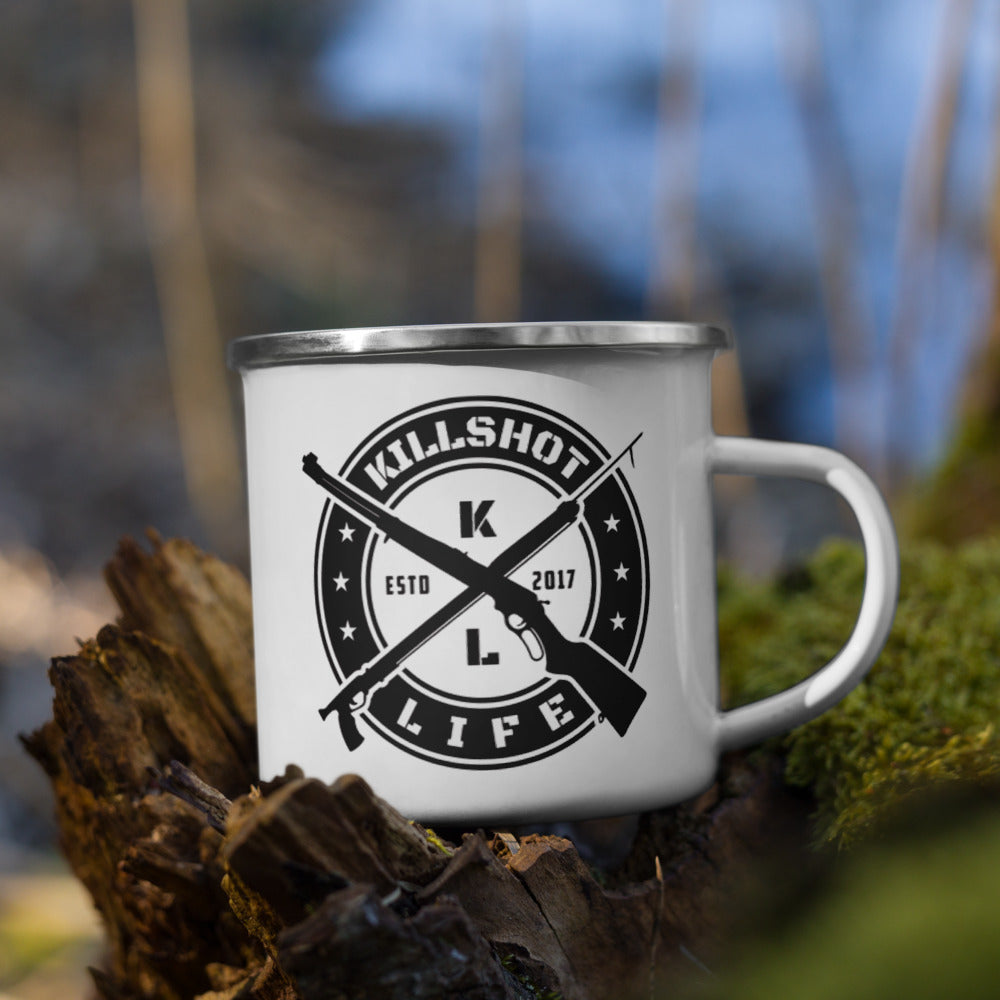Predator Control: Key to Healthy Elk and Deer Herds
Share
North America’s wildlife is shaped by the presence of iconic predators and prey. Elk, mule deer, white-tailed deer, and moose form the backbone of ecosystems and hunting traditions, while wolves, mountain lions, and bears exert powerful influence over these herds. These predators are essential parts of nature, but when left unmanaged their numbers can overwhelm prey populations, reduce hunting opportunities, and increase human-wildlife conflicts.

Regulated hunting of large carnivores has proven to be one of the most effective tools to restore balance. Where wolves, mountain lions, and bears are actively managed, deer and elk numbers stabilize or grow. Where predators are left unchecked, prey herds often collapse, taking with them both ecological stability and the rural economies that depend on them.
The Predator-Prey Balance
Predators naturally target young, sick, or vulnerable prey. But in modern, fragmented landscapes, this selective pressure can quickly tip into over-predation. Wolves hunt in packs and can kill far more than they need, particularly in deep snow conditions where elk are vulnerable. Mountain lions typically kill a deer-sized animal every 7 to 12 days. Bears, especially grizzlies and black bears, focus heavily on calves and fawns in the spring, sometimes taking 30 to 50 percent of young elk in certain areas【1】【2】.
Because herds are no longer free to roam vast, unbroken habitats, the resilience they once had against high predator pressure has diminished. This makes active predator management necessary for long-term sustainability.
Case Studies: Managed vs. Unmanaged Predators
Yellowstone National Park
After wolves were reintroduced in 1995, elk herds in Yellowstone’s northern range fell from nearly 19,000 to fewer than 6,000 by 2013【3】. Wolves were the main driver, but growing grizzly bear numbers compounded the pressure by taking a high proportion of calves each spring. In Yellowstone, where predator hunting is not permitted, elk herds have not rebounded to historical levels. This demonstrates what happens when multiple large predators expand without management.
Idaho and Montana Elk Herds
In Idaho’s Lolo Zone, elk declined from 16,000 in 1989 to under 1,000 by 2017【4】. Wolves bore most of the blame, but studies showed that bears also limited calf recruitment. When Idaho expanded wolf and black bear hunting seasons, calf survival improved and elk populations began to stabilize. Montana has seen similar results in zones where regulated predator harvests were allowed.
Colorado Mule Deer and Mountain Lions
Mule deer populations in Colorado struggled during the 1990s and 2000s, with predation a major factor. In the Piceance Basin, fawn survival was as low as 20 percent, primarily due to mountain lions and bears【5】. After targeted harvests of mountain lions and black bears were implemented, survival rates improved, allowing mule deer herds to increase.
The Upper Midwest and Wolves
In Minnesota and Wisconsin, wolves rebounded strongly after federal protections. Deer hunters in northern Minnesota saw steep declines in deer harvest success. When wolf hunting seasons were briefly reinstated (2012 to 2014), hunters and farmers reported fewer livestock losses and improved deer availability【6】. Once court rulings ended those seasons, conflicts and deer declines returned.
The Human Dimension
Unmanaged predator growth does not only affect wildlife. Livestock depredation by wolves and bears costs ranchers millions of dollars annually, and mountain lions increasingly appear in suburban areas, taking pets and sometimes threatening people. Between 1999 and 2016, wolves alone killed over 2,000 cattle and 3,000 sheep in the Northern Rockies【7】. Bears add further losses each spring when calves are most vulnerable.
Hunting provides a direct solution. It reduces predator numbers to sustainable levels, helps state agencies fund conservation programs, and gives wildlife managers flexibility to respond to regional herd conditions. Predator hunting is not about eradication but about ensuring balance, safety, and long-term viability for all species.
Conclusion
Wolves, mountain lions, and bears are vital to North America’s ecosystems, but in the absence of management they can devastate prey herds and create conflicts with people. The evidence is clear. In places like Yellowstone, where predators are unmanaged, elk herds have collapsed. In places like Idaho, Montana, and Colorado, where predator harvests are permitted, deer and elk herds show stronger survival and growth.
Predator control through regulated hunting ensures that elk, deer, and moose can thrive while predators remain part of the landscape. It supports rural economies, protects livestock, and preserves the hunting heritage that funds conservation across the continent. Balance, not elimination, is the ultimate goal—and hunting remains the most effective way to achieve it.
Sources
-
Zager, P., & Beecham, J. (2006). The role of American black bears and brown bears in ungulate population dynamics. Ursus.
-
Ballard, W. B., et al. (2001). Predator-prey relations. Alaska Department of Fish and Game Technical Report.
-
Middleton, A. D., et al. (2013). Linking anti-predator behavior to prey demography reveals limited risk effects of an actively hunting large carnivore. Ecology Letters.
-
Idaho Department of Fish and Game. (2018). Lolo Elk Zone Management Report.
-
Bishop, C. J., et al. (2009). Effect of enhanced nutrition on mule deer population rate of change. Wildlife Monographs.
-
Wisconsin Department of Natural Resources. (2014). Wolf Management Plan Update.
-
U.S. Fish and Wildlife Service. (2017). Rocky Mountain Wolf Recovery 2016 Interagency Annual Report.












